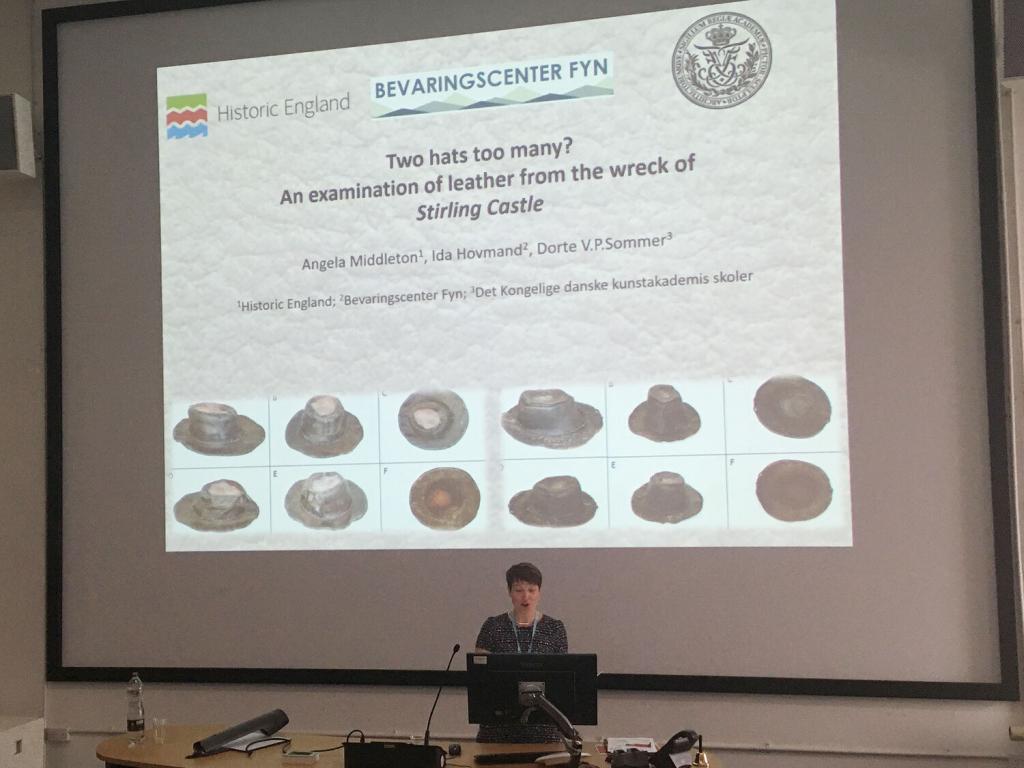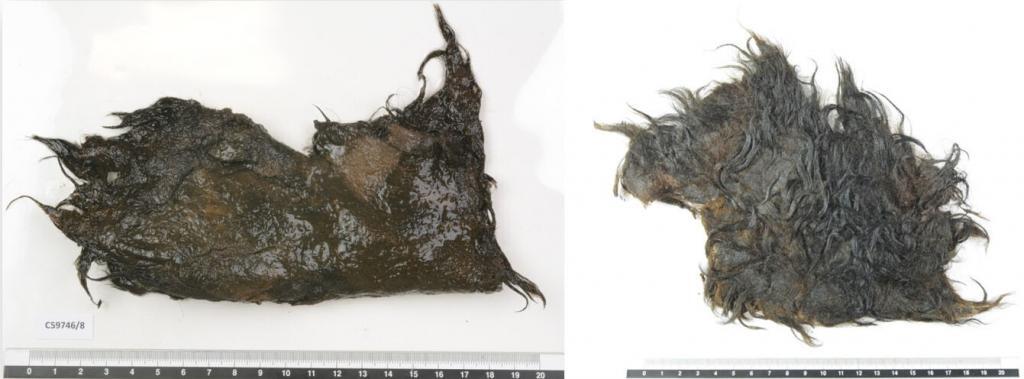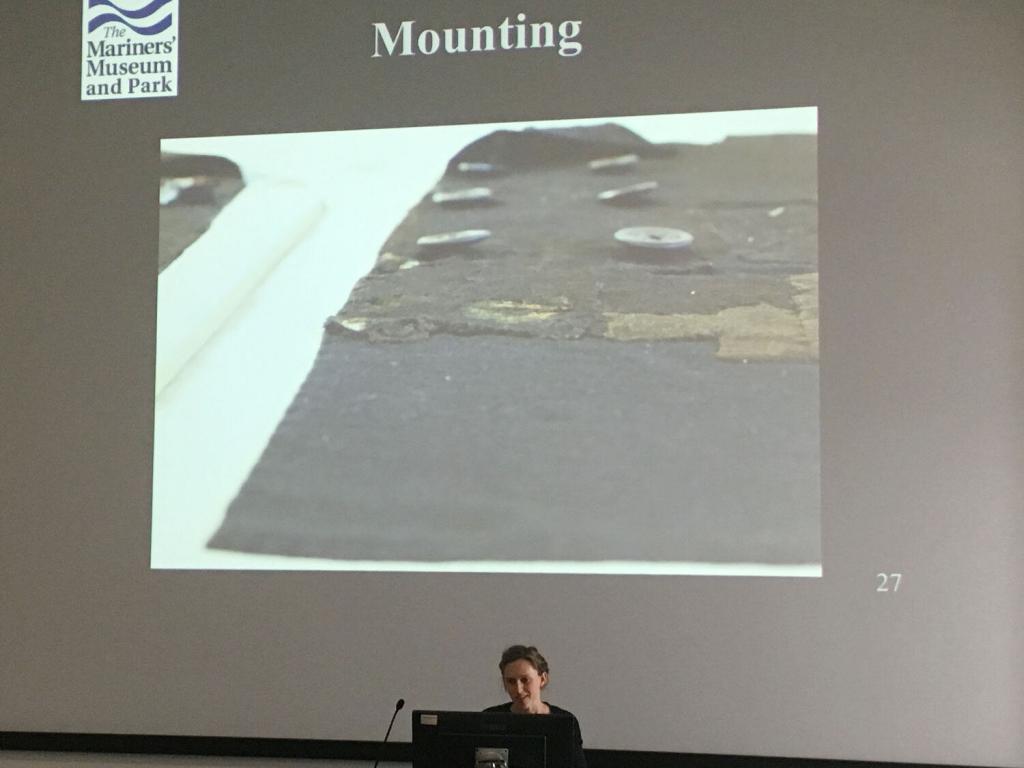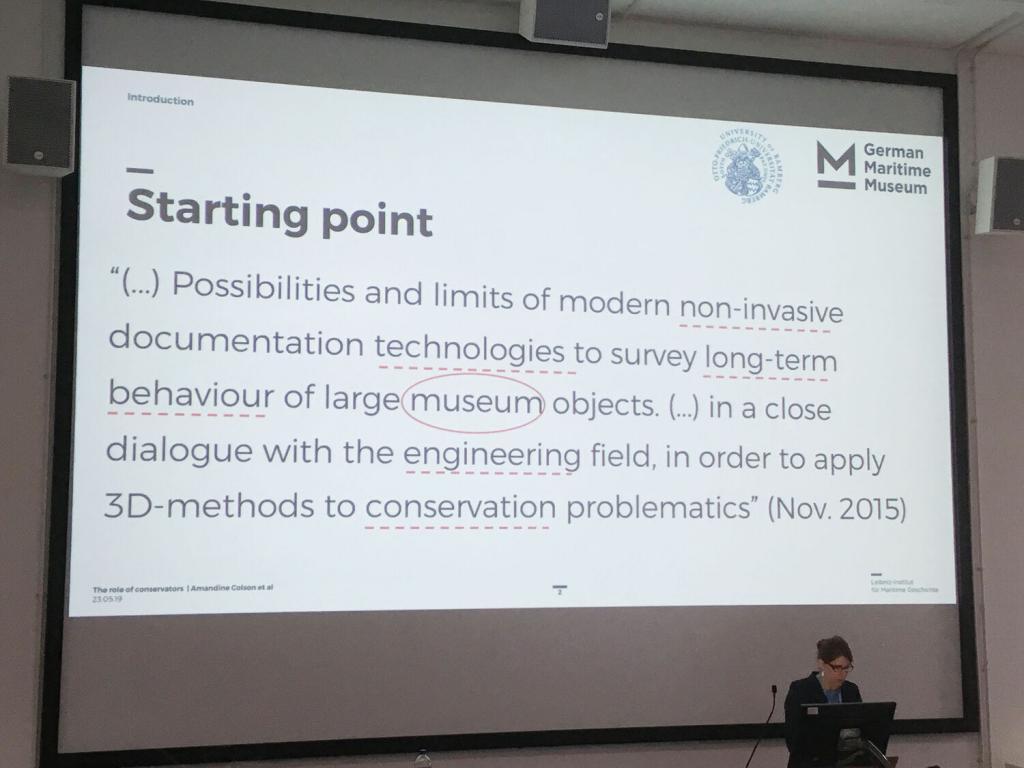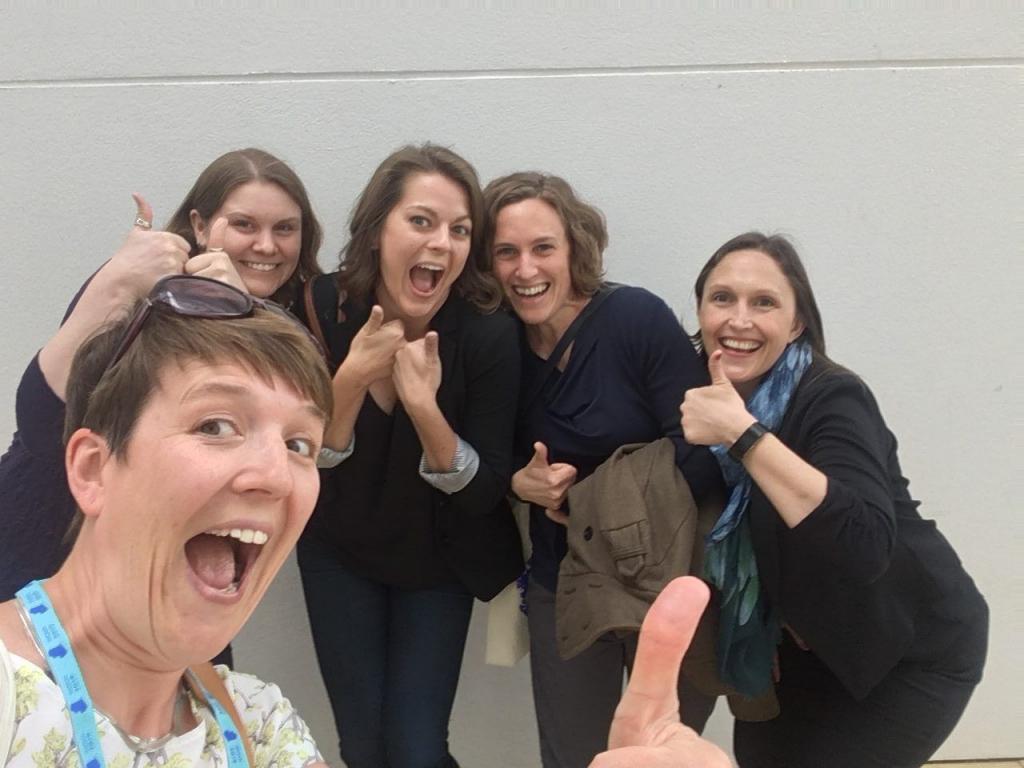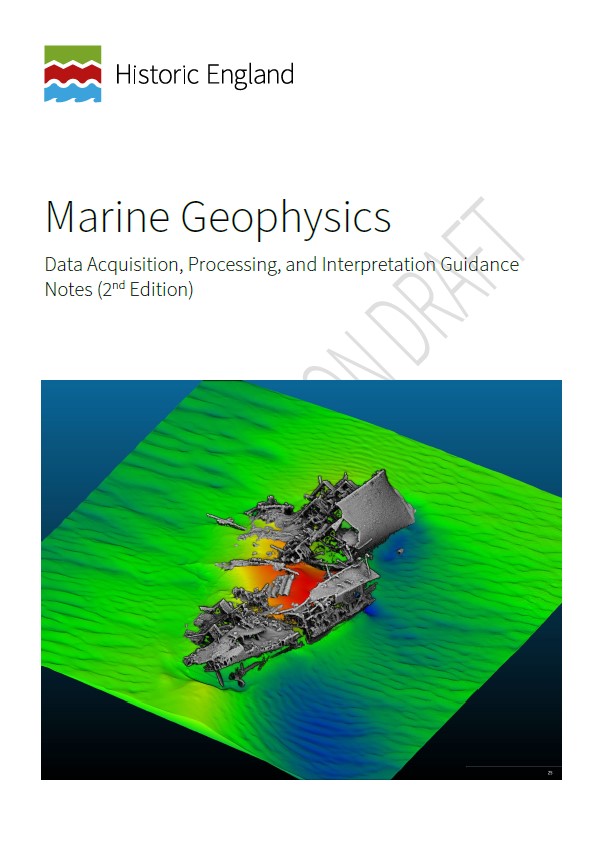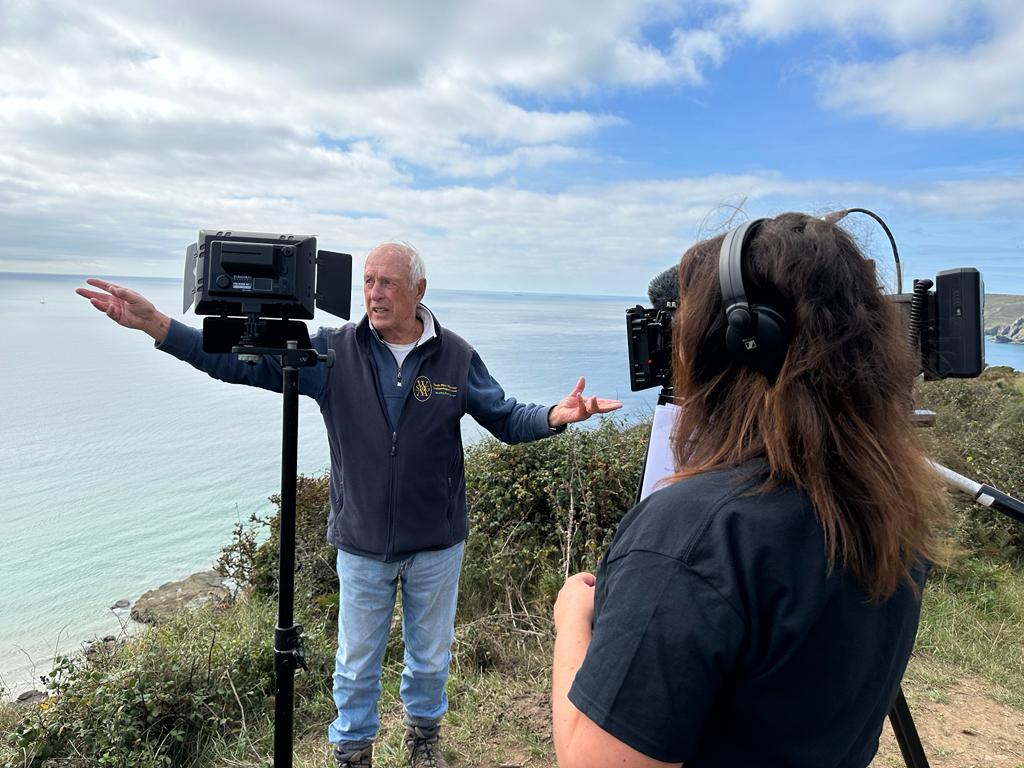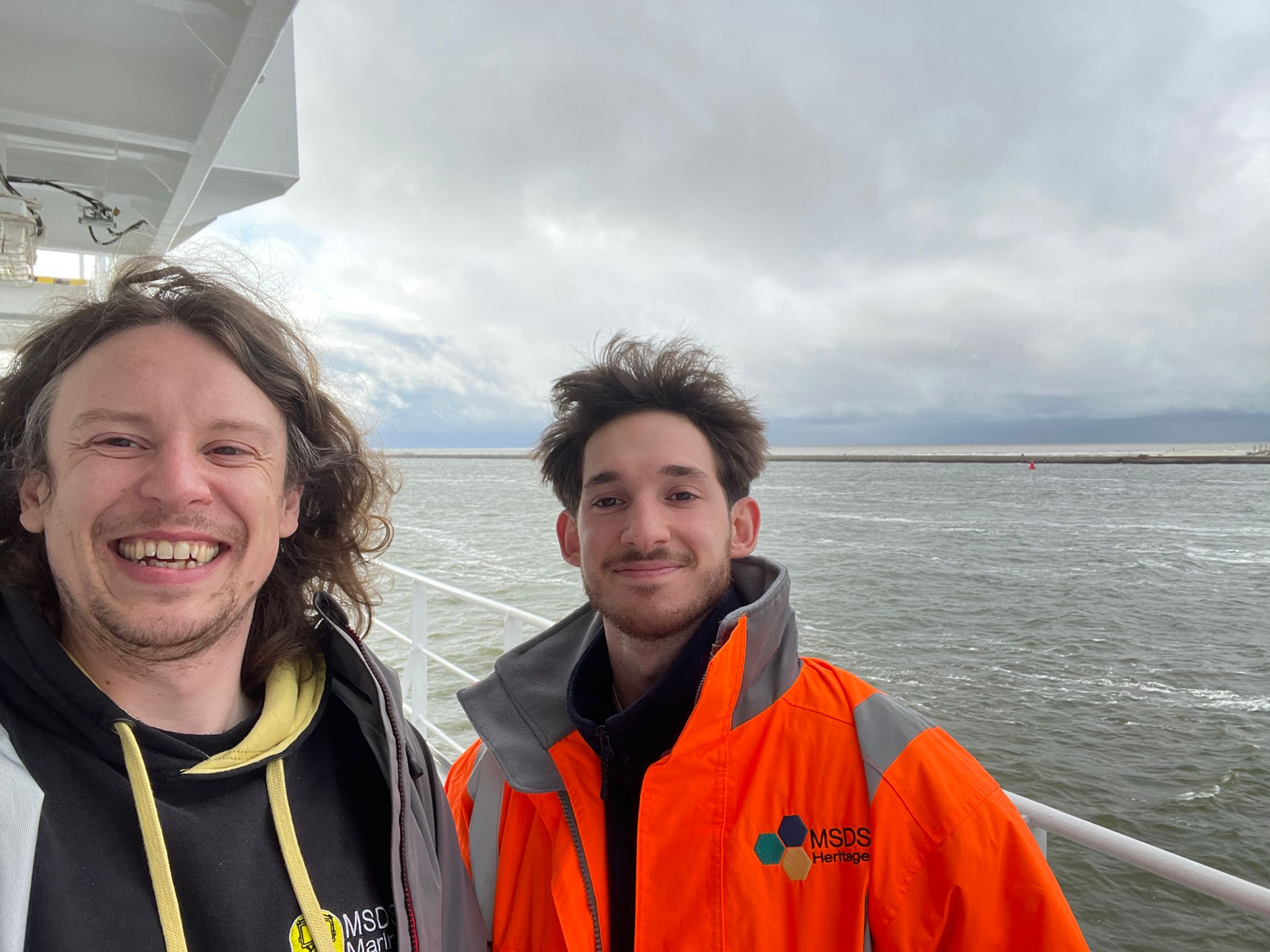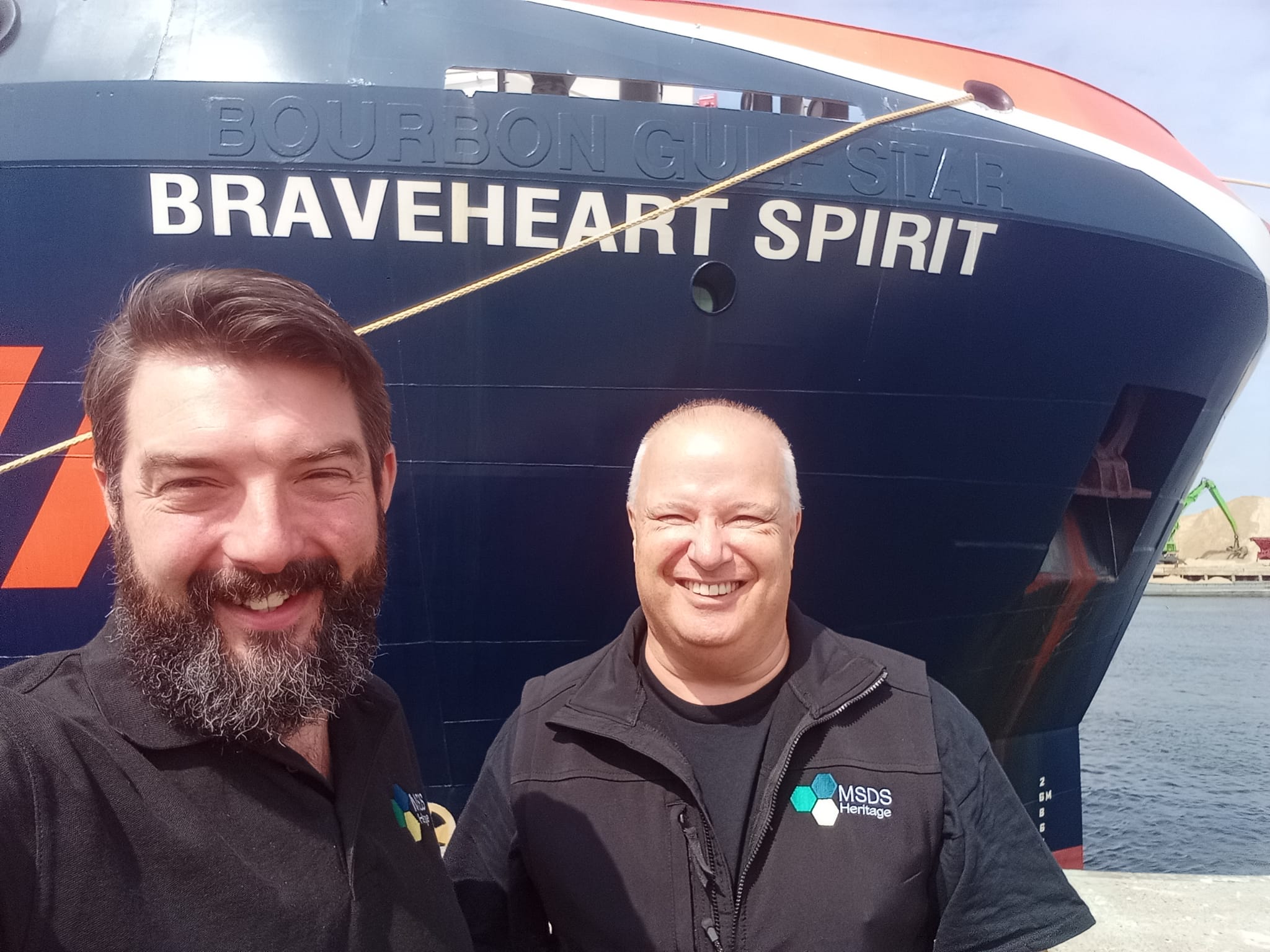In this blog MSDS Marine Conservator, Kim Roche, discussed the highlights of WOAM 2019:
Last month, archaeological conservators and specialists from all over the world came together to discuss one of our favourite topics – waterlogged organic artefacts, a.k.a. soggy brown stuff! The 14th meeting of the Wet Organic Archaeological Materials working group of the International Council of Museums (ICOM-WOAM) was held in Portsmouth from the 20th to 24th of May. Speakers from Australia, Thailand, Slovenia, Canada, and everywhere in between, presented on a multitude of topics – practical treatments, applications of new treatments, scientific investigations, and monitoring approaches for conserved ships.
- Angela Middleton, Historic England, presents on archaeological leather from the Stirling Castle shipwreck
One of our most beloved subjects is, of course, archaeological leather! On this subject, there were a few crowd favourites. Angela Middleton (Historic England) used different analytical techniques to analyse leather from the Stirling Castle shipwreck and determine if two leather hats may have come from a different context. Jan Bruun Jensen (National Museum of Denmark) presented his approach to stabilising and reconstructing leather shoes (stunning treatment photographs included). And if that wasn’t enough, Pia Edqvist (Museum of Cultural History, University of Oslo) had us drooling over before and after conservation photos of PEG[1]-treated pelt.
- Pelt fragment (C59746/8), possibly part of a garment consisting of multiple parts, before (left) and after (right) block-treating with PEG. Images by Pia Edqvist, Museum of Cultural History, University of Oslo.
Other treatment-focused talks included Tara Grant (Canadian Conservation Institute) evaluating the suitability of trehalose as a treatment for basketry, Thora Nyborg (NTNU University Museum) on conserving a tinder fungus (yes, you read that correctly!), Elsa Sangouard (The Mariners’ Museum and Park) on deconcreting and treating a wool coat from the USS Monitor for display, and Luisa Duarte (Museum of London Archaeology) offering a very practical solution to treating degraded wood bowls under significant time constraints.
- Elsa Sangouard, The Mariners’ Museum and Park, discusses the backing used to support a wool coat from the USS Monitor before it goes on display in the museum.
Scientific investigations and analytical techniques were employed to evaluate new treatment methods and attempted to characterise and quantify degradation of different artefact materials. Kirsty High (University of York) is working to standardise how to assess degradation of archaeological wood and bone. Morgan Creed (Cardiff University) assessed the tensile strength of PEG-treated rope to contribute to our understanding of the properties of rope after different treatment techniques. Eleanor Schofield (Mary Rose Trust) is presently working to develop localised treatments to remove problematic iron- and sulphur-based compounds from the Mary Rose timbers.
The final day of presentation included one of my favourite sessions of the week – monitoring changes in preserved ships on display. The session was headlined with two sequential presentations by Amandine Colson (German Maritime Museum) highlighting the long-term management requirements for these structures as well as an in-depth case study of the monitoring techniques used on the Bremen Cog. Reza Afshar (Uppsala University) and David Hauer (University of Oslo) followed with discussions on assessing and monitoring Vasa and the Oseberg ship, respectively, with different techniques while on display.
- Conservators, pedantic? Amandine Colson, German Maritime Museum, highlights the interdisciplinary nature of the profession, particularly when working on complex large-scale objects like ships, and the role of conservators as facilitators and problem-solvers within these projects.
The full programme of presentations with corresponding authors can be found here.
Not only did I thoroughly enjoy the presentations and information exchange, but the conference was a perfect opportunity to reunite with friends and former colleagues and make new connections. I found many of the talks immediately relevant – especially for the Rooswijk project, for which we still have many organic artefacts to conserve. Additionally, the papers on monitoring and managing ships on display is applicable to our work developing conservation management plans for historic vessels.
Special thanks to Angela Middleton (Historic England), Eleanor Schofield (Mary Rose Trust), and David Pearson (Mary Rose Trust) for organising the conference and to WOAM Coordinator Emily Williams (Durham University).
- A gaggle of delirious conservators at the end of WOAM 2019 (left to right: Angela Middleton, Kate Sullivan, Kim Roche, Elsa Sangouard, and Shanna Daniel).
[1] Polyethylene glycol (PEG) used to stabilise waterlogged organic artefacts such as wood, leather, and rope.

